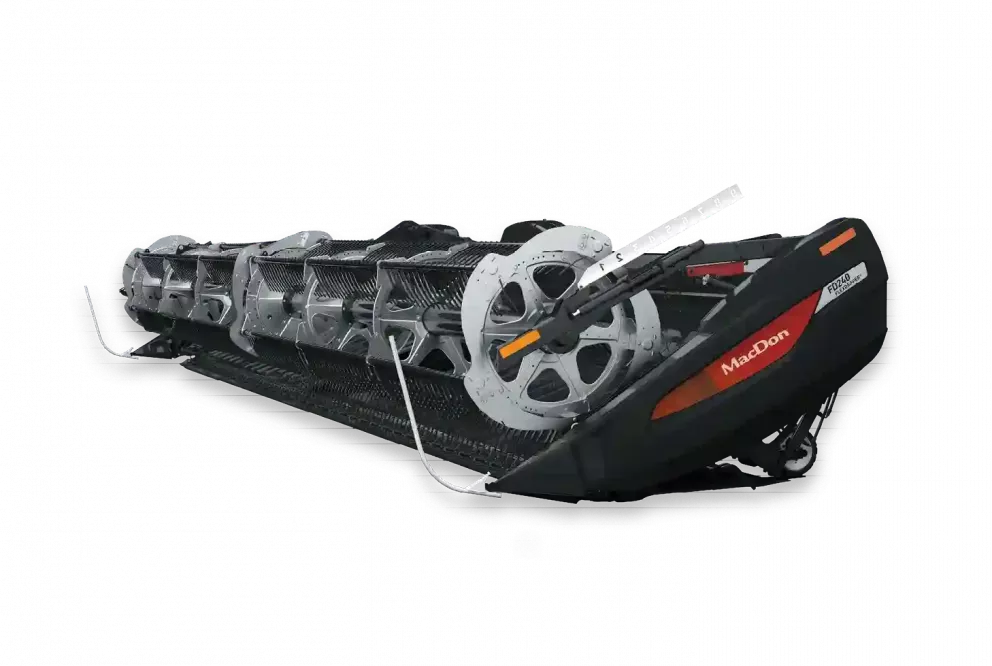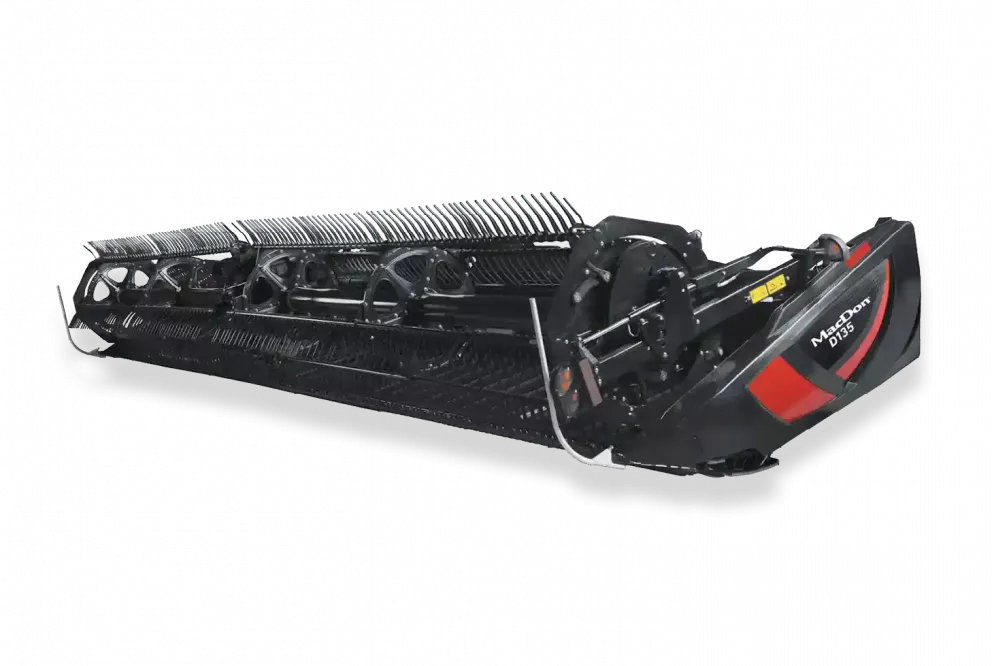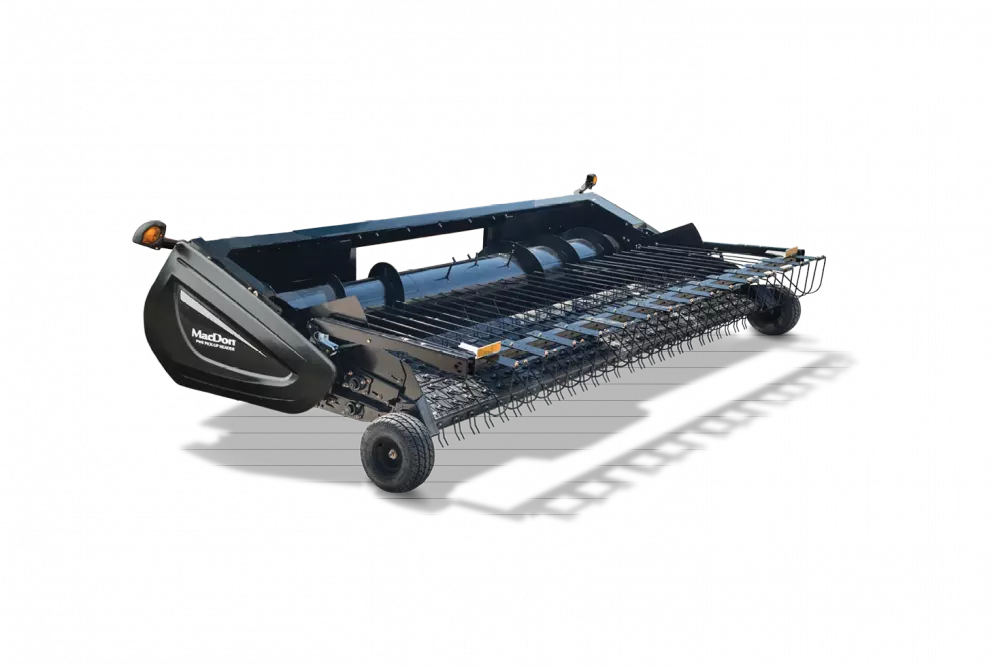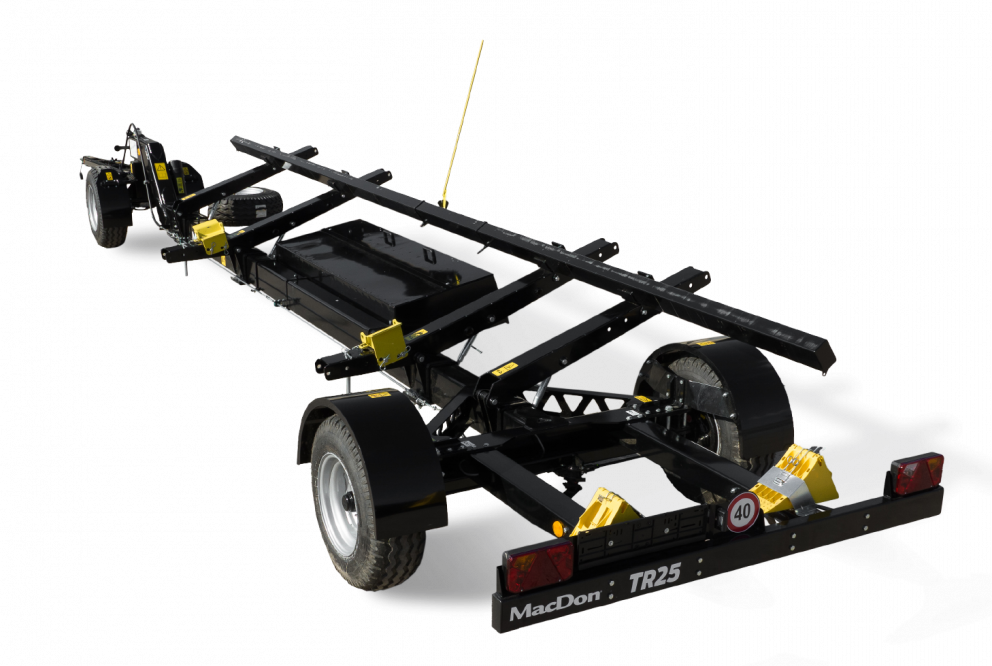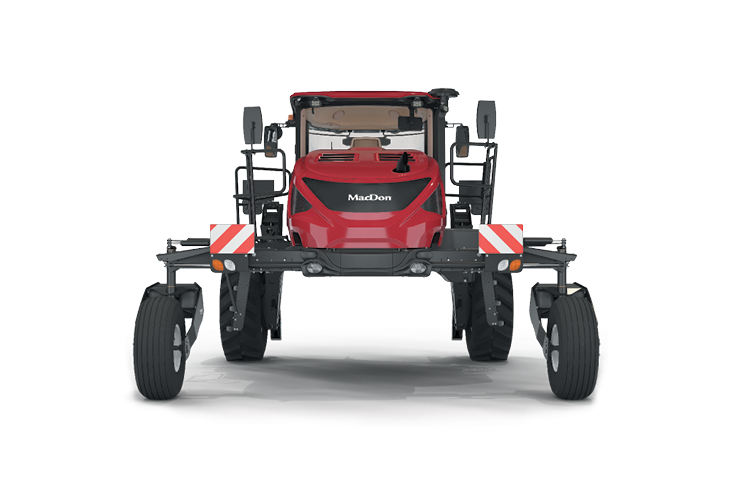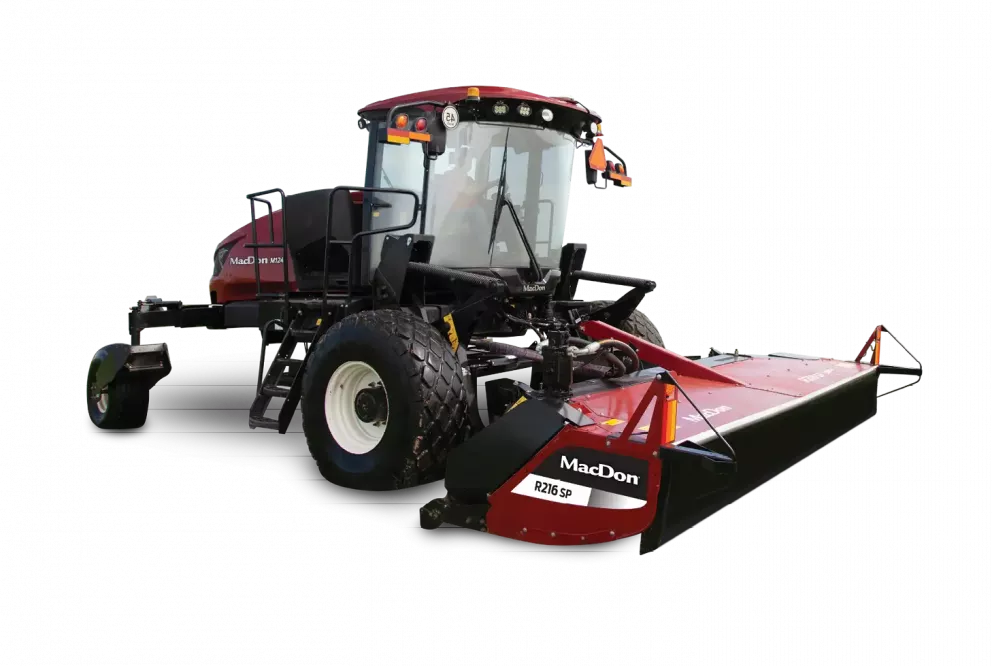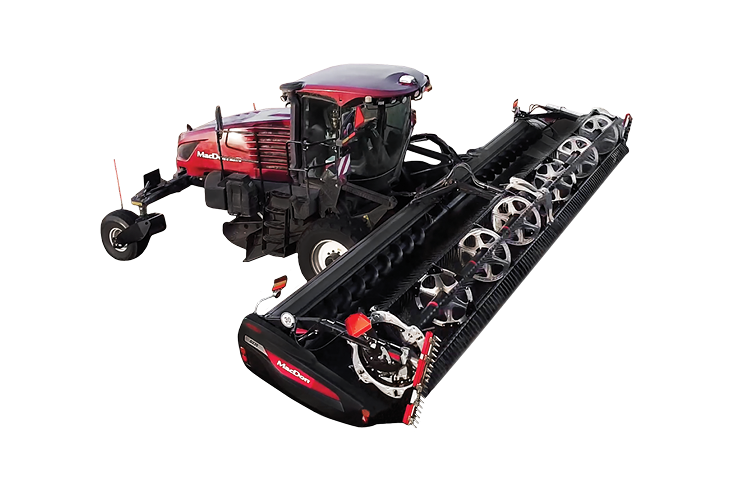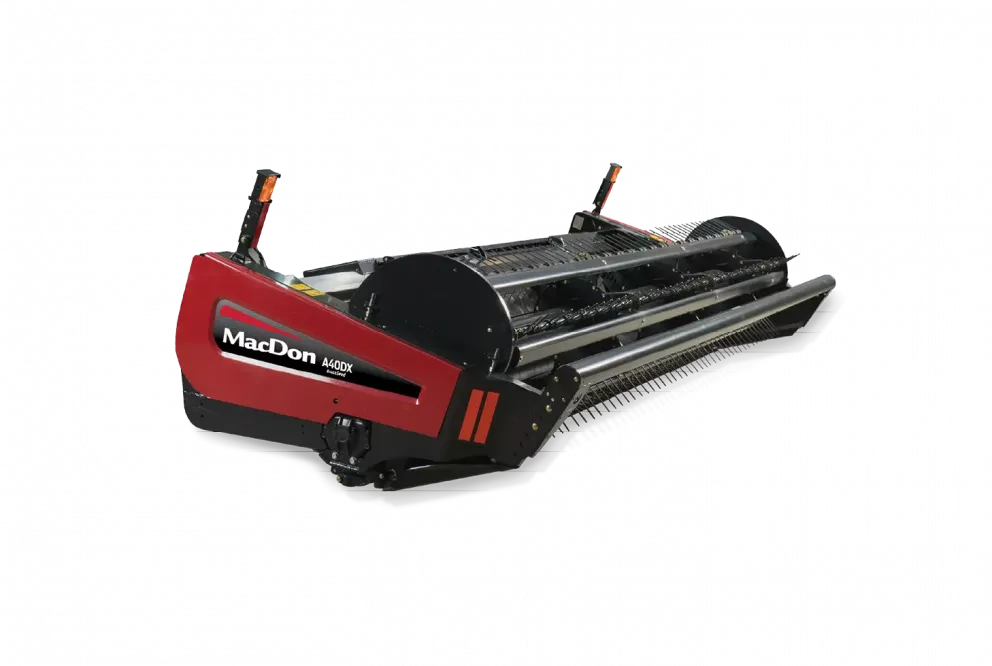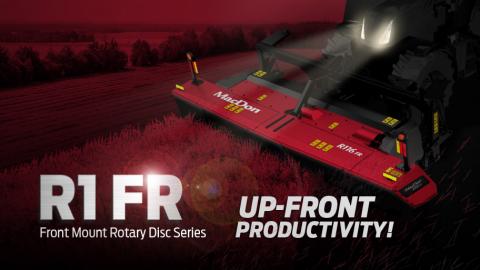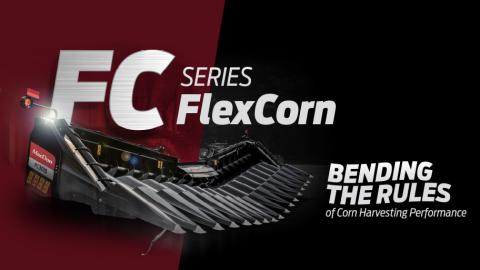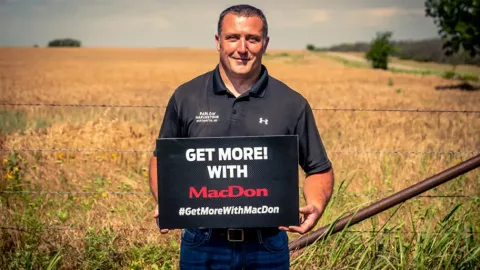Winning MacDon windrower
A self-propelled windrower is proving a winner in the Riverina and western Victoria, Australia.
THEY ARE VERY QUIET AND COMFORTABLE TO WORK IN.
Ross Dickins has spent the past decade refining the art of windrowing canola. What started as a contract job, windrowing the odd crop in the Riverina, has now become a serious business that's seen Ross, his wife Prue and four children up sticks from Berrigan in NSW and move to Willaura in western Victoria.
“I had been contract windrowing in the Western District for about 10 years and last year I was offered full-time employment on a property at Willaura,” Ross said. “We moved in April but still do the contract windrowing, both in Victoria and the Riverina.”
Ross uses a MacDon M150 self-propelled windrower for the canola work. He also windrows some cereals for dairy customers and has cut oats and straw for the export market. According to Ross, the MacDon does an excellent job. The M150 is Ross’s fifth MacDon and he said it now came standard with many features that had previously been optional extras.
“The past two years have seen a massive change in the design of the MacDons,” Ross said. “The current models are bi-directional, with an operator console that rotates within the cabin. They are hydrostatic drive and the controls are pretty much all electronics over hydraulics, which allows excellent and precise adjustment of the machine to suit the crop. They are very quiet and comfortable to work in as well.”
Ross bought the self-propelled windrower through Western Plains Motors, Rokewood, owned by Anton Parrot. Ross said Anton did a good job of servicing and supporting the windrower and was very knowledgeable about the intricacies of the MacDon.
“The M150 is the second MacDon I have bought through Anton,” Ross said. “In fact, another Berrigan contractor, Frank Brooks, and I both bought an M150 through Anton at the same time last year.”
Ross said Frank was one of a small group of windrowing contractors from the Riverina which he worked with each year to ensure crops were cut and windrowed efficiently.
“As a group we help each other out and it really increases our output,” Ross said. ”We share parts and labour and it provides much better reliability for the customer.”
Each MacDon can use a variety of cutting fronts and Ross has a 10 m wide draper belt MacDon D60. The Draper belts act like two large conveyors that feed the crop evenly into the centre of the front, before the crop runs through a conditioner and is fed out toward the rear of the machine in a windrow. The optional conditioner can be used to help dry hay quicker.
Ross said. “It’s virtually the same as driving a modern, high-capacity harvester.”
But a harvester cannot drive in both directions like the MacDon can. In “reverse”, when the driver is looking over the bonnet of the windrower, the top speed is 38 km/h, which is suitable for road travel. In the forward-facing or work position, where the driver is looking over the reel, the top speed is 24 km/h.
Frank Brooks’ MacDon uses a 6 m front. It is used for cutting cereals for hay and he has fitted an optional side-delivery conveyor, so the windrow can be thrown out to one side. That means two windrows can be placed into one to make a densely packed, well-formed windrow. Ross said making the windrow neat and firm was extremely important as the crop was typically left in the windrow to dry for up to two weeks.
“When it’s left on the ground for that long, the windrow has to be well made so it's not susceptible to the elements,” Ross said. “And the MacDon certainly does a good job of that. That’s where the ability to fine tune the machine through the joystick comes into its own.”
